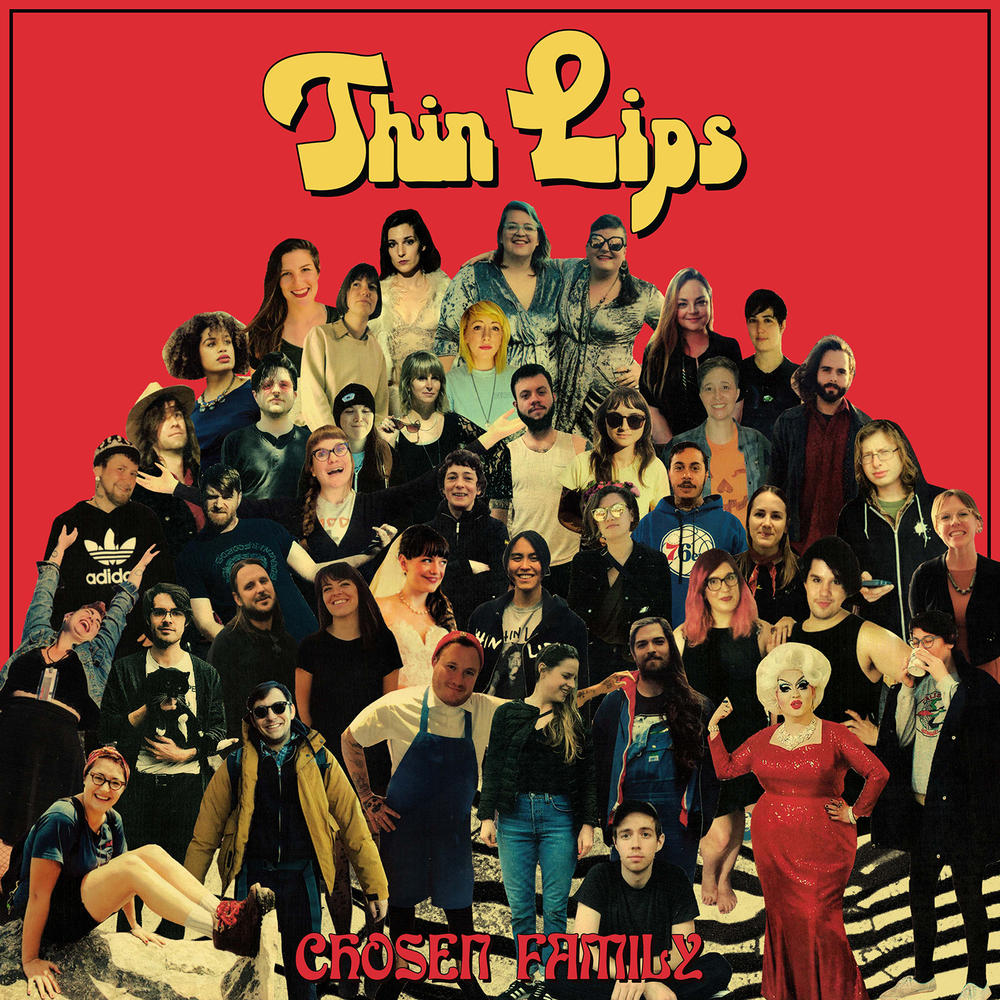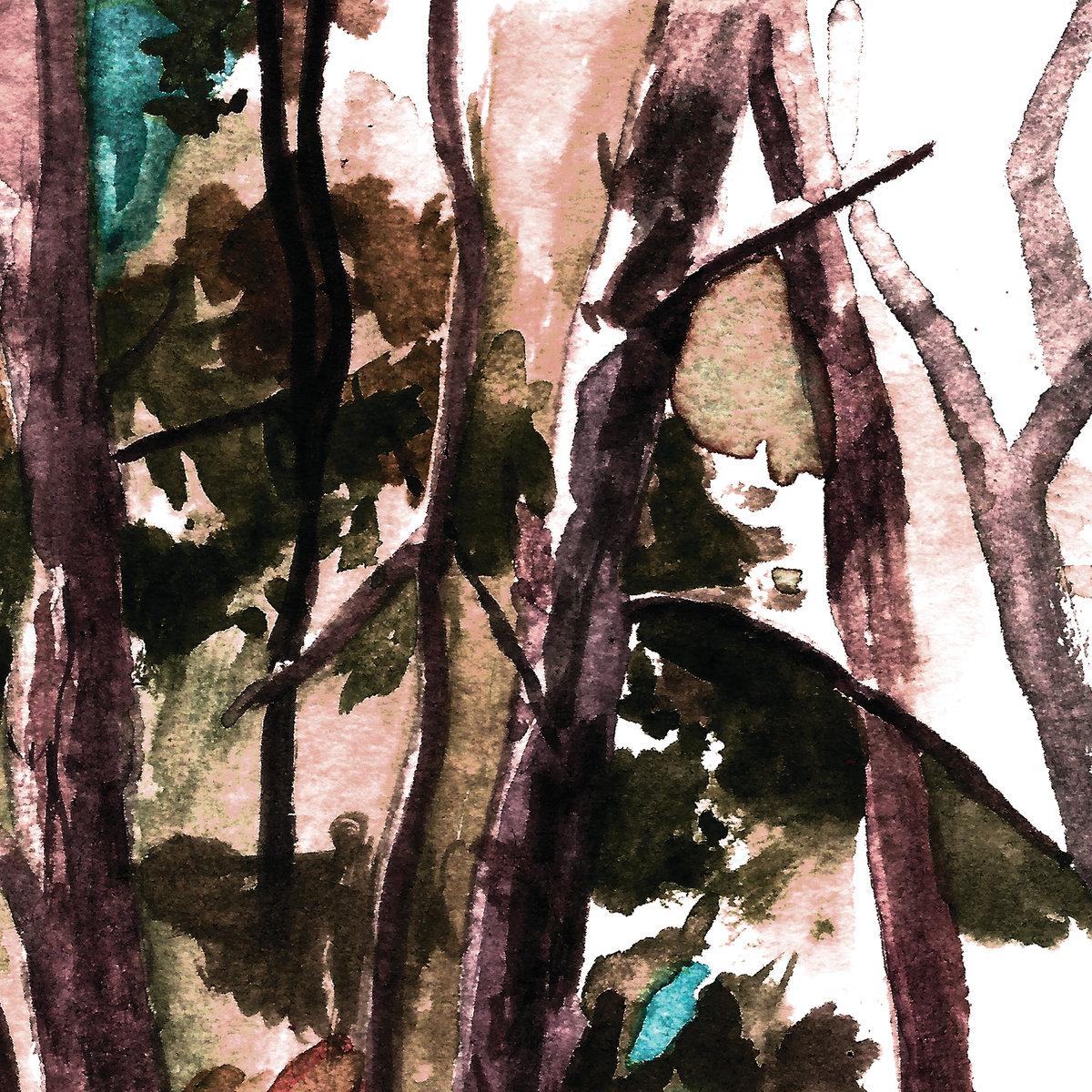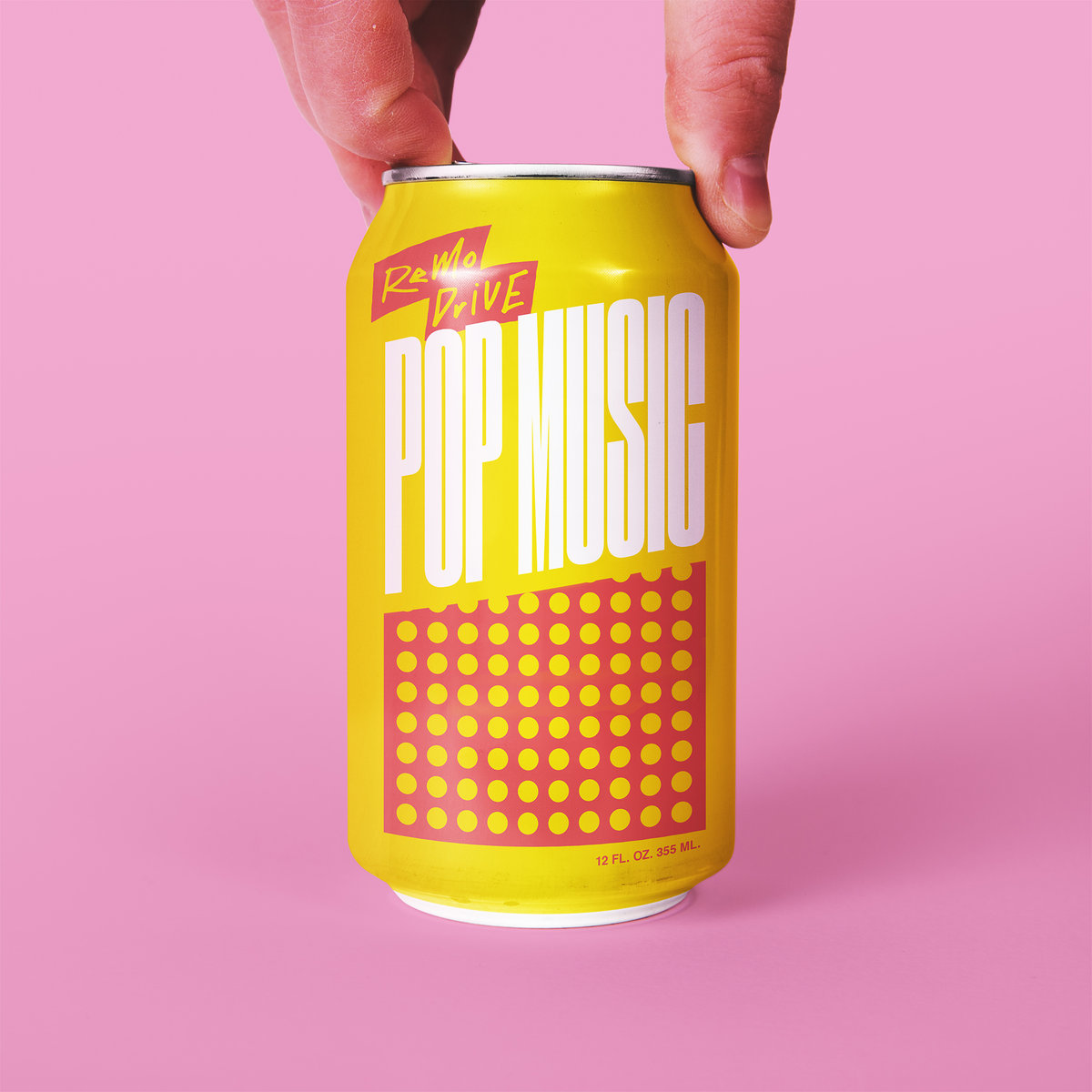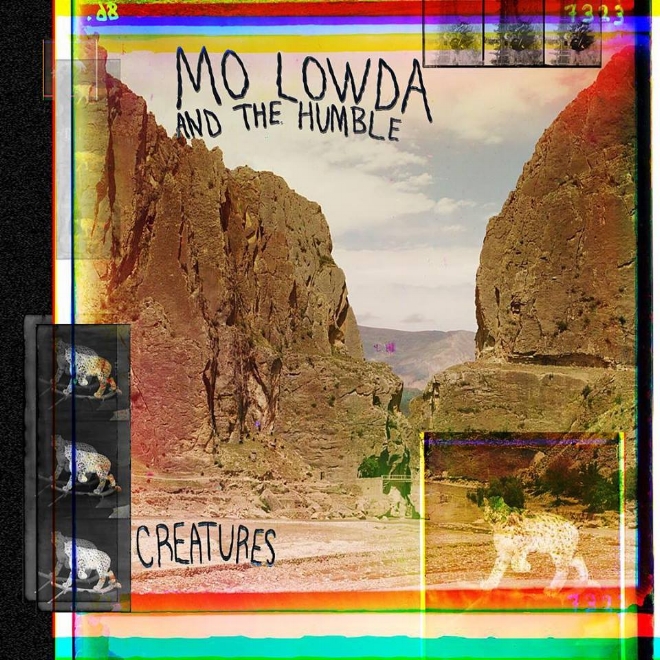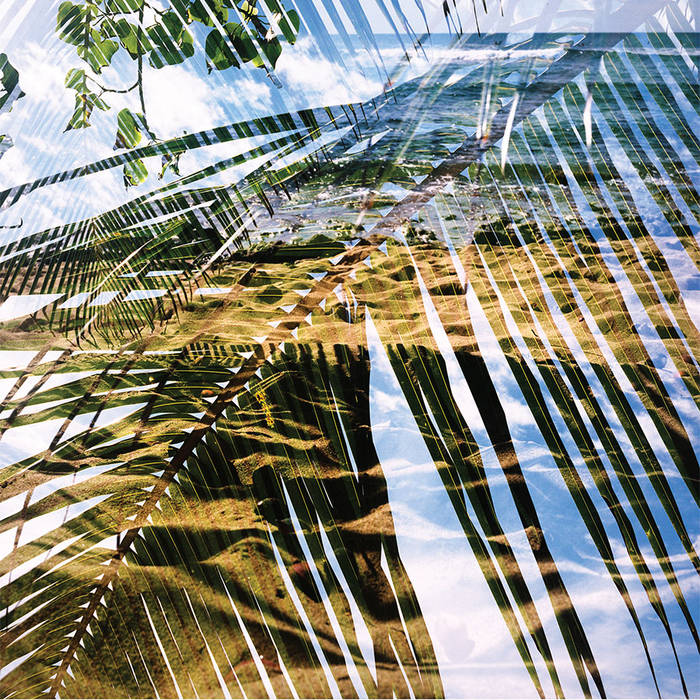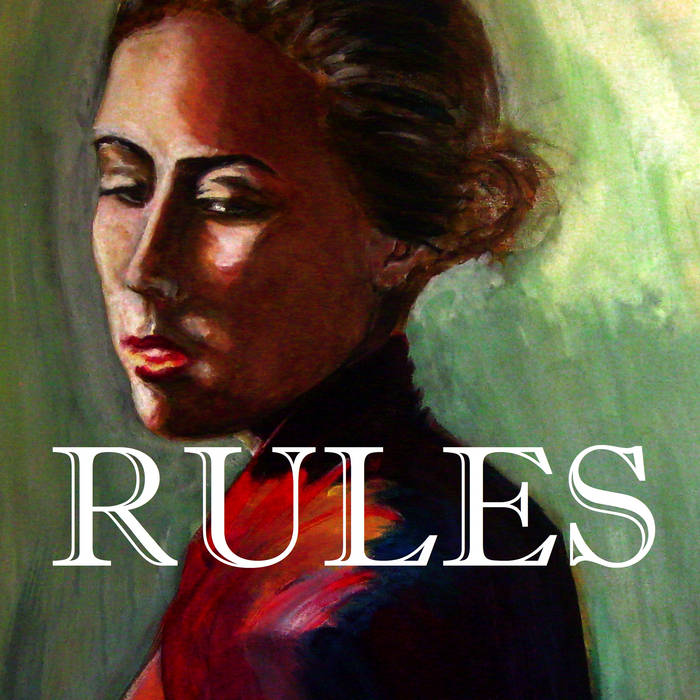New Thin Lips Single – A Dedication to Demos
Here is the first single from my band Thin Lips and our sophomore LP, Chosen Family – “A Song for Those Who Miss You All the Time”. The album will be released with our friends at Lame-O Records on July 27.
Why the hell do you need a DEMO? is what I found my 19 year old self asking in a recording class (as a side note, if you ever are considering going to school for Recording, feel free to email me). Why would you need to record something twice? I was used to playing in bands, rehearsing the songs forever, playing it live as much as i could, and then going into a studio and recording it as quickly and cheaply as possible. My teacher was talking about a time in the history of the music industry where small studios could get by recording demos for what would ultimately become huge budget re-recordings of records. It just didn’t make sense to me.
As I started my own studio it dawned on me that so many bands, (including my own) experienced their songs as the end user (the listener) on mixing day. After spending all that time and money, its a terrible time to realize your song is too slow, or too fast, or not in the best key for your singer, or that your bass player isn’t locking in with your drummer, or ANY number of problems. Thats partly why mixing can take so long. You’re not mixing, you’re FIXING!
[ for example : the first Thin Lips EP took 5 months (for four fucking songs!!!) because we tracked everything live in a day, and then spent the rest of the time, replacing, reworking, rewriting until we were satisfied ]
That lesson was apparent to me for many years, and whenever my bands would be planning to go into the studio, I was the annoying guy saying, “BUT FIRST DEMOSS!!!!”. Maybe we’d have time, maybe we wouldn’t. If we did, we’d hastily lay the songs down over a weekend. It was helpful to be sure. We changed keys of songs, and worked out tempos, maybe we tweaked a chorus or two. Bands I produced would do the same thing, hearing the demos would help me catch the low hanging fruit of things that could be better before laying them down at The Headroom (that is if the quality was good enough to actually hear the vocals).
When I started working w Zoe on the Kississippi record, there was no band, there were no arrangements, all we could do was make demos. It turned out to be an EPIPHANY! Here we were working out the songs, and there was no guitar player to yell over, no sitting around while someone learns their part. No confusing drummer onomatopoeia (no i mean, boom boom kap, boom kap kapp, digga digga boom). Not to knock jamming, I LOVE JAMMING! its why we all play music in the first place. Its just that sitting there, making demos from scratch, we were able to realize the different possibilities that a song could be in a matter of hours instead of days. What does it sound like this fast? this slow? this drum beat? that drum beat? no drums here? should the bass line follow the root note? play a lick? straight 8th notes, or follow the kick pattern? should a lead guitar go here? should it be shorter? longer?
Around this time, Chrissy, Mikey (and for a time, our old guitar player Chris), and I were slogging through the beginning of writing another record. We came back from tours for “Riff Hard” and began the band group texts, the picking up people and their gear, getting together after a long day of working day jobs and trying not to be short with each other while we patiently explained our ideas and tried to be receptive to each others input. We jammed 1 version of an idea 10 times till everyone got what we were supposed to do (“wait, what?! we’re playing that part half as long?”). Sometimes we’d just jam so that someone could practice what they were trying to show us. Not saying it can’t be fun, coming away from jam sessions always washed away any stress I was feeling, but it sure wasn’t efficient. From the months of Sept. to Jan. We complete 1 and half songs, and had 1 new song to play on our tour with Modern Baseball in Europe.
At some point, while I was dropping Chrissy off after a show or a rehearsal, I told her about how I’d been working on the Kississippi record, and how I thought we could do the same thing. Chrissy, to her credit, is always open to figuring out a better way to do things.
“A Song for Those Who Miss You All the Time” started out as a guitar riff in a Pro Tools session labeled “Spliff Hard” ( i know, we’re hilarious…). I remember Chrissy standing in the kitchen of my little row home on Oakdale Stree in Kensington, and playing the main verse riff on her Jaguar unplugged. Sounded Cool!! So we tried a few tempos and ultimately settled on 100 BPM. I used samples that I had recorded from Riff Hard (single kick and snare hits) to move drum hits around until we had a rhythm that seemed to move the guitar riff in a dynamic way. Then I laid down a couple different basslines, until one seemed to stick. I decided to follow the drum rhythm exactly. That was pretty much the song for about a month, until Chrissy sat down with her guitar, and a cheap microphone and spent a day laying down licks, singing nonsense until words formed, and occasionally yelling “KYLE!” so i could come downstairs from writing emails to copy and paste a huge section of the song, or make an edit or fix something in Pro Tools( As an aside I love Chrissy’s lyrics for this song, its a heartfelt song about her late brother).
We had an A Part, a B part, and a C part that sort of worked with what was going on in the A Part rhythmically and harmonically. Again it sat for another few months, until I looked at what we had so far and copied some parts and tried to figure what could could reprised. I had programmed a hi hat pattern, and when I copied that I put it on the wrong beat, and it sounded crazy….but in a good way, so I left it.
Here is the demo w programmed drums
I think some, or maybe even most drummers would feel boxed in with a demo that already had a drum beat; but to the credit of our drummer Mikey, he took it as a challenge to not only be able to play the demo exactly (even the mistake copy and paste) but improve upon it, and give it life. He found ways to give the drum beat subtle variations, pauses, and fills that helped move the song along. He also gave me feedback on my bass line – where notes could be added or dropped, or variations could be added. We found an off day in the studio and recorded real drums over the fake ones on the demo. Somewhere along the way we made tweaks to the structure, pulling the guitar lick out from under chrissy’s vocals and used it as an intro, added pauses, and other little things.
Here is the demo w the first iteration of real drums
THEN! It was time to rehearse the song as a band (so fun) and get it tight, and then we went into the Headroom to record.
We used our trusty C and C kick drum, a mapex black panther snare drum, and the toms from a vintage 60’s ludwig kit (that has a wrap that looks like a bowling ball), that our drum tech and assistant Shane Woods owns. Both of Mikey’s cymbals were cracked, but somehow still sounded good?
For bass I used our 80’s photofinish japanese Fender P-bass (looks terrible, sounds great)
This picture kind of sums up why it looks this way…
I borrowed a technique used by Toby from Dr. Dog ( I love Dr. Dog) and wedged a piece of foam under the strings next to the bridge to give it a muted sound when plucked by my pick, and recorded it through my Acoustic 370 through the Emperor 1×18 cabinet through our Neuman 47 fet and our Soyuz tube powered 011 small diaphram condensors. The DI went through the BAE 1066 and I boosted the hell out of 35Hz.
Here is just the Bass DI
For the main guitar riff we used our G&L asat Classic on the out of phase position – the switch between middle position and the bridge pickup with the volume knob popped up. For extra thinness, we tracked the 47 through the BAE and used the low cut filter up to 300hz. I also recorded the guitar with our AEA R44 ribbon mic, in case Joe need to blend in some low end if he ABSOLUTELY hated the way the thinned out guitar sounded. We knew that Joe would be mixing it, and though I generally was not trying to tie his hands, if i wanted something specific, I just did it.
Here is the 47 on guitar
There are so many guitar parts, that I couldn’t possibly get into all of them. We recorded different tones for certain parts because we couldn’t decide (and just let Joe sort it out). We had our friend Luke Shefski and his collaborator Ello Shertzer come and lay down pizzicato strings. Frances had the idea of doubling the guitar with a slide acoustic- we mic’d the bridge and sent the di of the acoustic though a box of rock distortion and into an amp in the ISO booth. Chrissy recorded and comp’d her own vocals, and then recorded a double, and then my assistants and I made a triple of the vocal out of unused takes.
And then Joe mixed it, and thank god, because at this point, I was sick of this song!!!




